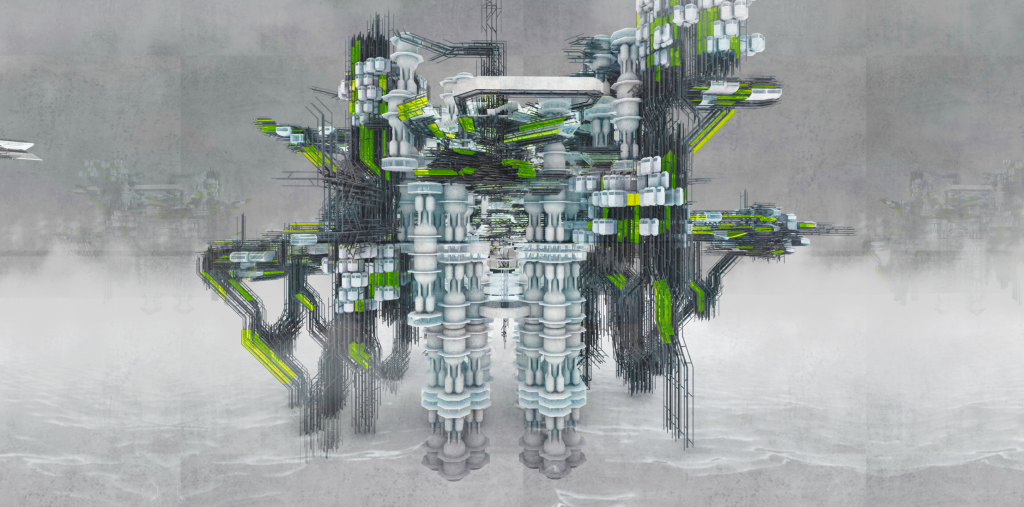Form Axioms II | Tan Jee Khang Benedict
It was an interesting term, investigating what it really means to be sustainable rather than thinking about it in a linear manner. Issues of ethics, phenomenology, cybernetics are brought up to reveal that the concept of nature that is popularised is one that inhibits our ability to save ourselves or preserve the conditions that we deem desirable. It is not sufficient to ask what the concept of sustainability is composed of, but rather to question where it is situated that enables this current form and thought to exist. Thinking in this manner has allowed to think of new power structures that tries to confront different ideological stance towards sustainability in the hopes that a universal consensus can be reached to as close as possible.
The masterplan and architecture tries to confront this multiplicity to generate a singular, albeit non-permanent ideological stance. The mechanism that allows this to function is participatory in nature, thus the architecture is both designed to last and fail at the same time, always trying to reveal and alter the layers of ideology that prevents us from creating the future that we want/need. This is executed by leveraging on the existing issue of excessive CO2 to not only solve present problems, but also tackle future ones that we might not yet be aware of.

Original source from: http://asd.courses.sutd.edu.sg/option-studio-two/2021/08/13/wk-14-post-review/
Categories: 20.112 Sustainable Design Option Studio 2, Core Modules, Curriculum Projects, Research and Projects, Student Projects, Sustainable Design Option Studios
